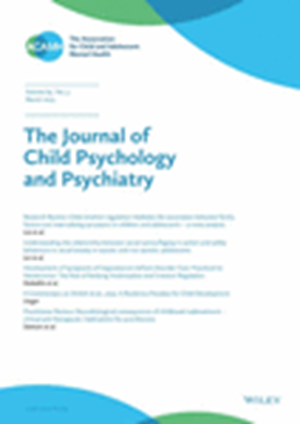Early social interactions and young school-aged children's behavioral problems: Converging evidence from theory- and data-driven approaches
Abstract
Background
Although prior studies have established the relation between social interactions and behavioral adjustment, it remains unclear whether aspects of early social interactions are uniquely related to behavioral problems and the relative importance of each in predicting internalizing and externalizing problems. Using traditional theory-driven and novel data-driven perspectives, this longitudinal study simultaneously evaluated the role of preschool mother–child, teacher –child, and peer interactions in predicting internalizing and externalizing problems in early grade school.
Methods
At 36 months, the quality of children's social interactions with mothers, teachers, and peers were observed and coded (N = 1,028). Mothers later reported children's internalizing and externalizing problems in first grade. Theory-driven structural equation modeling (SEM) and data-driven machine learning models (i.e., random forests and support vector machines) were performed separately for data analysis.
Results
The results showed that machine learning models, particularly support vector machines, outperformed SEM in model performance. Regarding the relative importance of predictors, SEM suggested that indicators of early peer interactions uniquely predicted behavioral problems in early grade school when those of teacher–child and mother–child interactions were considered simultaneously. Machine learning models consistently demonstrated that indicators of early peer interactions had the highest feature importance and were among the highest ranking predictors of children's subsequent behavioral adjustment.
Conclusions
The findings contribute converging evidence from theory- and data-driven approaches to better understand the longitudinal associations between preschoolers' social interactions and later behavioral adjustments in early grade school.



 求助内容:
求助内容: 应助结果提醒方式:
应助结果提醒方式:


